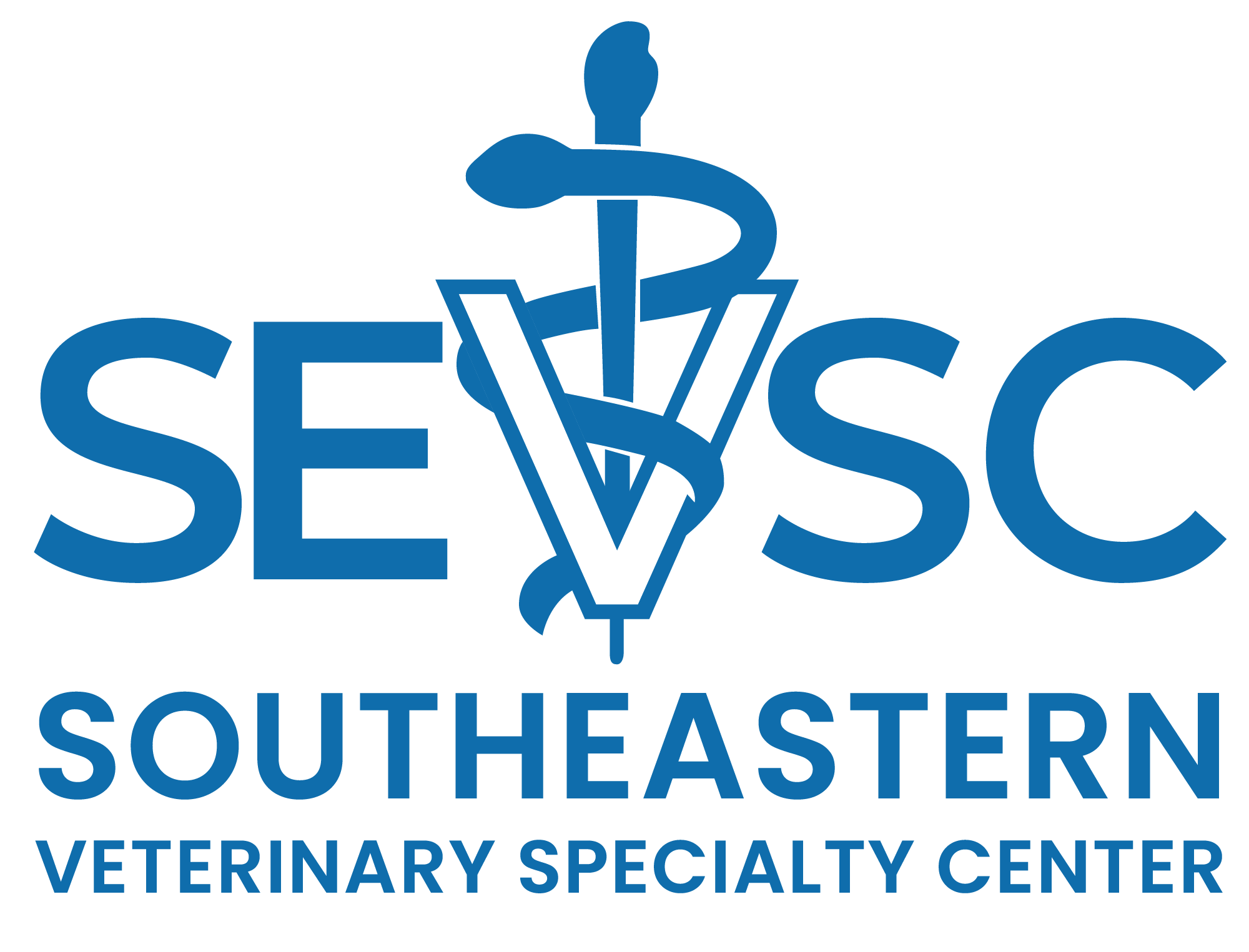What is a Minimally Invasive Procedure?
Minimally invasive procedures refer to a surgical or diagnostic technique that is performed with the goal of minimizing trauma to your pet. These procedures are designed to reduce pain, promote faster recovery, and decrease the risk of complications compared to traditional surgeries.
Minimally invasive surgery (MIS) uses advanced technology to perform procedures through small incisions, offering pets faster recovery, less pain, and reduced scarring compared to traditional surgery. While these techniques are similar to those used in human medicine, they require specialized training and equipment to ensure safe and effective outcomes.
Procedures We Offer
Some of the procedures we offer include laparoscopy and arthroscopy.
Laparoscopy: This procedure involves using a small camera and instruments that are inserted through tiny incisions to examine or operate on the abdominal organs.
Arthroscopy: Arthroscopy involves using a small camera to visualize and treat joint-related issues.
These minimally invasive procedures are particularly beneficial for their reduced impact on your pet's body, resulting in shorter recovery times and improved overall outcomes.
We operate on a referral-only basis. Please inquire for more information.
Benefits of Minimally Invasive Surgery
- Reduced recovery time – smaller incisions heal faster
- Less postoperative pain – smaller incisions and gentle tissue handling reduce discomfort
- Minimal scarring – cosmetically preferable for pets and easier on tissues
- Advanced diagnostics – allows for precise visualization and treatment of internal structures
Challenges and Considerations
While minimally invasive surgery has many advantages, there are some challenges and considerations:
- Specialized training and equipment – veterinarians performing MIS require additional expertise
- Visualization and dexterity limitations – working through small incisions can make certain procedures more technically demanding
- Longer operative times in some cases – especially for complex procedures or learning curves
- Higher costs – specialized equipment and training can increase procedural expenses
- Potential need to convert to open surgery – in rare cases, complications may require switching to traditional surgery
Risks
As with any surgical procedure, minimally invasive surgery carries some risks:
- Complications from anesthesia
- Organ or tissue damage
- Bleeding or infection
- Procedure-specific challenges due to limited visualization
- Increased risk in pets with certain breed, age, or health conditions
Our veterinarians carefully evaluate each pet to minimize these risks and determine if MIS is appropriate.
Recovery After Minimally Invasive Surgery
Recovery times vary depending on the procedure, but pets generally experience shorter recovery periods compared to traditional open surgery. Smaller incisions often mean less discomfort and quicker return to normal activity.
When Is Minimally Invasive Surgery Right for Your Pet?
Minimally invasive surgery is ideal for pets who require advanced procedures with the goal of minimizing pain and recovery time. Our veterinarians consider:
- Your pet’s overall health and medical history
- The type and complexity of the procedure
- Potential risks and benefits specific to your pet
We work closely with you to determine if minimally invasive surgery is the safest and most effective option for your pet’s care.
